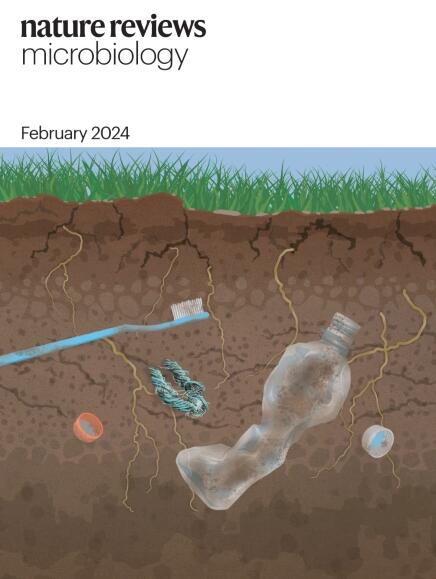Microbial interactions and ecology in fermented food ecosystems
IF 103.3
1区 生物学
Q1 MICROBIOLOGY
引用次数: 0
Abstract
Fermented foods and beverages, produced by the intentional growth of microorganisms, have long been among the most widely consumed foods in the human diet. Whether microorganisms are added directly to food substrates, or the growth and activity of autochthonous microorganisms colonizing food substrates is encouraged by selective conditions, the production of organic acids, ethanol and other metabolic end products enhance the safety, shelf-life, sensory and functional properties of foods. Whereas some fermented foods may be produced by communities dominated by only a few taxa of limited phylogenetic diversity, others are produced through the concerted action of diverse microbial communities. In this Review, we describe the ecological interactions shaping microbial community structure and function across various categories of fermented foods by providing specific examples. We also describe how the manufacture, quality and sustainability of even traditional fermented foods can be improved by contemporary technologies. Finally, we briefly discuss current research on the ecological impact of microorganisms found in fermented food on the human gut. In this Review, Auchtung, Hallen-Adams and Hutkins examine the ecological interactions among microorganisms in various fermented foods, how these interactions shape microbial community structure within food ecosystems, and the effects of modern technologies on the microbial and organoleptic properties of fermented foods.


发酵食品生态系统中的微生物相互作用与生态学
发酵食品和饮料是由微生物生长产生的,长期以来一直是人类饮食中消费最广泛的食物之一。无论是将微生物直接添加到食品底物中,还是通过选择性条件鼓励定殖在食品底物中的本地微生物的生长和活性,有机酸、乙醇和其他代谢终产物的产生提高了食品的安全性、保质期、感官和功能特性。有些发酵食品可能是由系统发育多样性有限的少数类群主导的群落生产的,而另一些发酵食品则是由多种微生物群落协同作用生产的。在这篇综述中,我们通过提供具体的例子来描述各种发酵食品中形成微生物群落结构和功能的生态相互作用。我们还描述了如何通过现代技术改进传统发酵食品的生产、质量和可持续性。最后,我们简要讨论了发酵食品中微生物对人体肠道生态影响的研究现状。
本文章由计算机程序翻译,如有差异,请以英文原文为准。
求助全文
约1分钟内获得全文
求助全文
来源期刊

Nature Reviews Microbiology
生物-微生物学
CiteScore
74.00
自引率
0.50%
发文量
149
审稿时长
6-12 weeks
期刊介绍:
At Nature Reviews Microbiology, our goal is to become the leading source of reviews and commentaries for the scientific community we cater to. We are dedicated to publishing articles that are not only authoritative but also easily accessible, supplementing them with clear and concise figures, tables, and other visual aids. Our objective is to offer an unparalleled service to authors, referees, and readers, and we continuously strive to maximize the usefulness and impact of each article we publish. With a focus on Reviews, Perspectives, and Comments spanning the entire field of microbiology, our wide scope ensures that the work we feature reaches the widest possible audience.
 求助内容:
求助内容: 应助结果提醒方式:
应助结果提醒方式:


